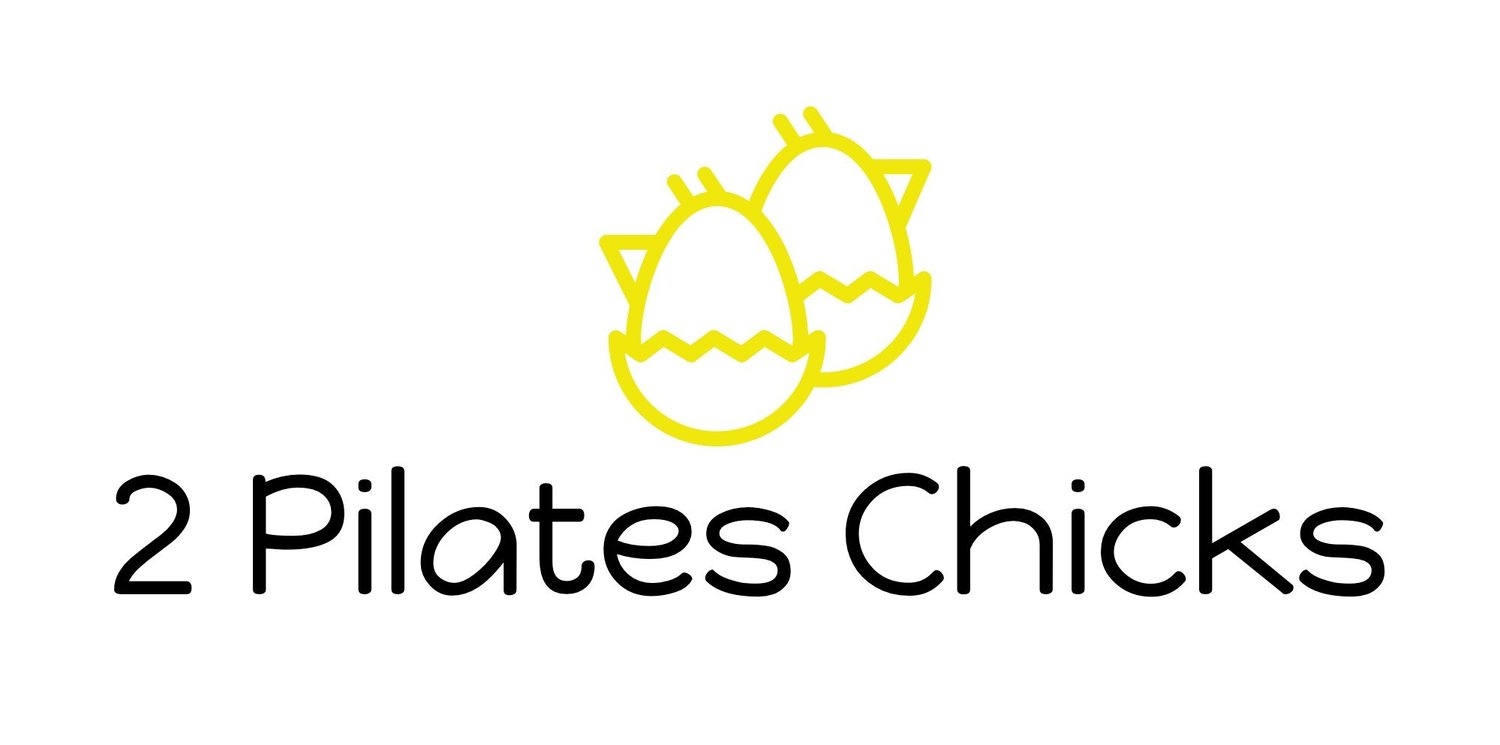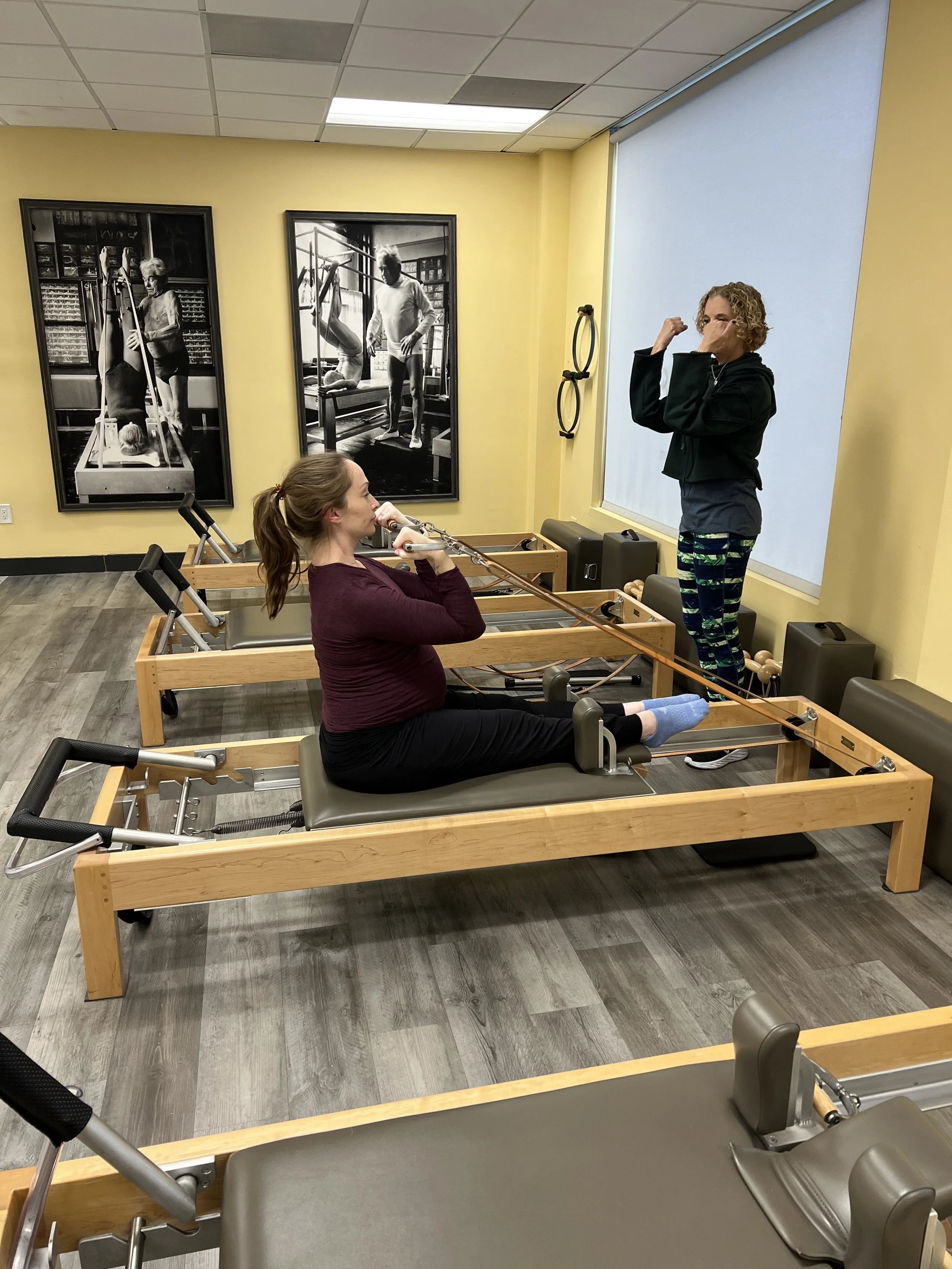How do Pilates Teachers Retain Clients
How do we retain clients for Pilates teachers? What are some things we can do to connect with clients and encourage them to return to our studio? How can we continue to connect with clients in the long term to keep them coming back for sessions?
In Season 6 Episode 2, “Retaining Pilates Clients,” we discuss the various techniques for retaining clients for Pilates teachers, including how to keep clients long-term, how to connect with new clients to keep them returning, and how to continue engaging with clients who have been with us for a while. Any appointment-based career requires special attention in connecting with potential clients and the skillset for turning potential leads into long-term clients.
Many teachers overlook the simple techniques that build and maintain client relationships to develop their business, with personal touches and professional customer service elements. Client retention is the true key to a thriving Pilates business. It's not just about filling classes; it's about building relationships and fostering a community that keeps clients returning. One way to do this is to combine professional customer service with a genuine personal connection.
Client retention for Pilates teachers isn't just about delivering a good session and workout; it's about creating an experience. This experience is based on two crucial pillars:
1. Professional Customer Service: The Foundation of Trust
• Prompt Communication: Imagine reaching out to a studio with a question and waiting days for a response. This is not a great first impression and will not build trust for the client. Timely communication is crucial. Whether it's answering inquiries, confirming bookings, or sending reminders, promptness shows we value the client.
• Follow-Up is Key: A simple "How did you enjoy your first class?" email or phone call can go a long way. It demonstrates that we care about their experience and opens the door for feedback. Following up also allows us the opportunity to address any initial concerns and reinforce their decision to try Pilates.
• Reliability and Responsibility: Being on time for sessions, managing schedules effectively, and minimizing errors builds trust. Clients rely on the teacher to provide consistent and professional service. Clear cancellation policies and transparent communication about any changes are essential.
• Clear Communication: Ensure all essential information, from pricing and packages to studio policies and what to expect in a session, is readily available and easy to understand. Clear communication prevents misunderstandings and fosters a sense of transparency and trust.
Consistent communication is vital in any relationship, including the one a teacher has with their clients. Responding promptly to calls, emails, and texts lets them feel important and prioritized. Check-in with them between sessions. This could be a simple "How are you feeling after class?", or asking a follow-up about something they mentioned in their session. By making it easy for clients to communicate, they'll be more likely to stay with us as they feel supported and connected to their teacher. Reliability and professionalism are essential for building trust. Be punctual, and prepared, and maintain a professional demeanor at all times. Value clients' time by avoiding cancellations or lateness. A calm, drama-free environment allows clients to escape the stresses of daily life and focus on their practice.
2. The Personal Touch: Building Genuine Connections
• Personalized Attention: Remembering a client's name, asking about their day, or inquiring about their progress demonstrates that we see them as individuals, not just another session. Small gestures can make a big difference.
• Knowing Client Preferences: Taking notes on client preferences, injuries, limitations, and goals allows us to tailor sessions to their specific needs. This personalized approach shows that we're invested in their well-being and progress and can adapt based on what they need each session.
• Active Listening: Truly listening to clients – not just hearing their words but understanding their concerns and motivations – is essential. Create a safe space for them to share their thoughts and ask questions.
• Respect and Adaptability: Respecting client boundaries, adapting session plans based on individual needs, and being mindful of different learning styles are crucial for creating a positive and inclusive environment.
While attracting new clients is essential, retaining them is the key to a thriving business. So, how we transform the initial interest into long-term loyalty is more than just teaching Pilates; it's about building relationships.
With a new client, it's crucial to go beyond the initial intake form. Dive deeper. Ask them why they chose Pilates, what their specific goals are, and especially, what their expectations are. However, this shouldn't be a one-time conversation. Regularly revisit these points, reminding clients of their initial motivations and acknowledging their progress. Show them you're listening and invested in their journey. It's often about more than just exercise, as a client's sessions are time for them to decompress and focus on themselves and their goals.
We must always tailor each session to the individual in front of us. Demonstrate that we're not just going through the motions the same way for every client by actively listening to feedback and adapting to their unique requirements. Highlight their achievements in their practice, no matter how small. "Remember when you couldn't do that position? Look at you now!" These genuine moments of recognition reinforce their progress and make them feel seen and valued.
People are drawn to environments where they feel comfortable, supported, and understood. We always strive to create a welcoming atmosphere in the studio. Being approachable, empathetic, and genuinely interested in clients' well-being makes them feel like they're not just a number; they're individuals with unique stories and needs that we care about. Fostering a sense of community where clients feel connected to the teacher and others in the studio develops long-term connections.
Showing clients that we value them beyond the session includes remembering personal details, inquiring about their lives (within appropriate boundaries), and celebrating their milestones. These small gestures demonstrate that we see them as individuals, not just clients.
The Bottom Line:
Ultimately, it's about relationships. Client retention boils down to both the personal and the professional aspects of building strong, genuine relationships. By focusing on personalized attention, consistent professional communication, and a genuine interest in clients' well-being, we can create a loyal following that will not only sustain our business but also enrich our experience as teachers. Invest in our clients, and they'll invest in us and their Pilates practice.
The goal for any session is for every client to leave feeling better than when they arrived – physically, mentally, and emotionally. When clients know they will always feel better after their sessions, they will be more likely to prioritize their Pilates practice even when life gets busy and complicated.
Since client retention is an ongoing process, it requires consistent effort, genuine care, and a commitment to providing a high-quality experience. By focusing on both the professional and personal aspects of client interaction, we create a thriving Pilates community where clients feel valued, supported, and inspired to continue taking sessions with us.






